What do chickens, blow-up dolls and pirates have to do with racing?
Probably nothing, unless the race you're watching is the 24 Hours of LeMONS.
No, I didn't misspell LeMans; I meant to say LeMONS, because that's exactly what the race is about. Imagine a track full of cars all valued at $500 or less (before the safety equipment is installed), lemons, if you will.
Can you imagine those cars lasting 24 hours? Probably not, but that's half the fun.
This year, at SF LeMONS, which is held at the Altamont Motorsports Raceway in
If the cars used for racing weren’t crazy enough, you should see how they are decorated. One car masqueraded as a chicken, another appeared to be driven by a pirate, and I saw more than a couple blow-up dolls riding along.
Why the wild outfits for the cars? Because they – the participants – can. Wouldn’t you like a pirate driving your Miata? I thought so.
This was my first LeMONS event, so I wasn’t really sure what to expect, although I’m pretty sure I’ve seen pictures of the chicken car, from the team Mother Cluckers, in past issues of Car and Driver.
For those of you unfamiliar with LeMONS, it’s a little like the 24 hours of LeMans. It’s an endurance race. The winner is the one who completes the most laps in a certain amount of time. The 24 Hours of LeMONS happens at racetracks across the country, some are actually 24 hours.
In
You don’t need to be a professional driver to enter, but you do need to make sure your car meets the safety requirements.
The winner of this year’s race completed over 480 laps. And it seemed like in each lap, something exciting happened. Since these cars weren’t actually made for racing, most of them had problems going into sharper turns which resulted in spin-outs and collisions. It felt like for each lap completed under a green flag, 10 were counted under the yellow flag. Whether it was pushing a car that stalled off the track, putting tire barrier back in place or picking up miscellaneous parts, the flag guys and clean-up crew certainly earned their pay.
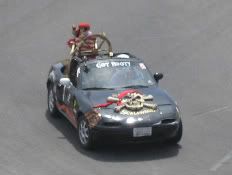
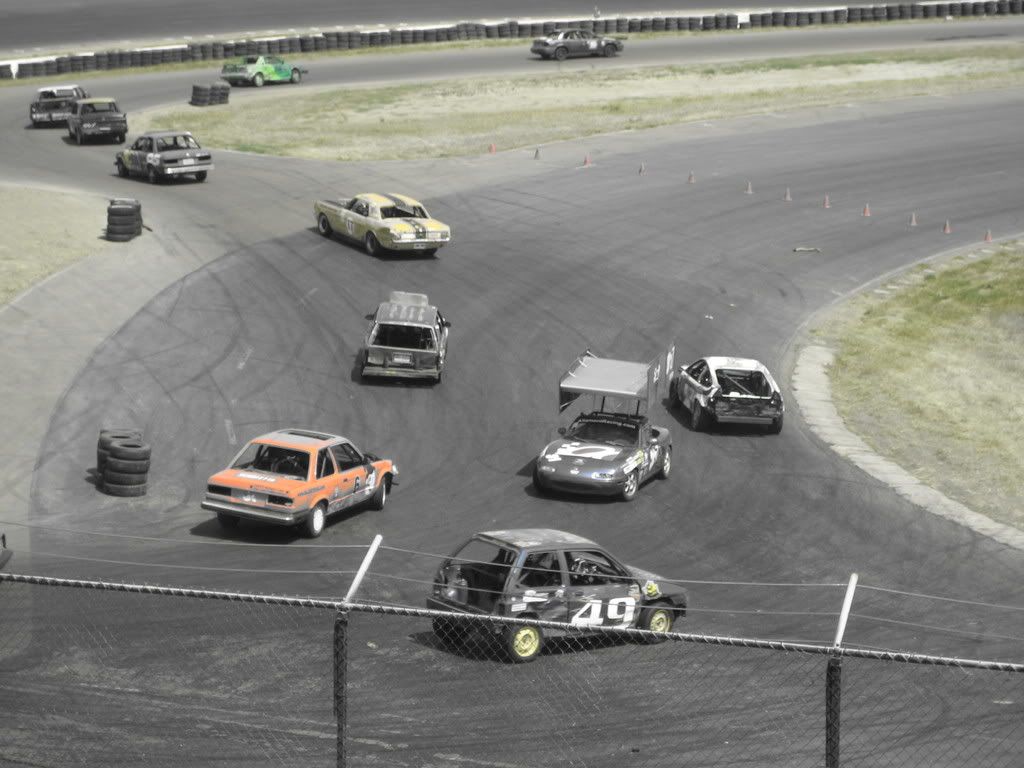
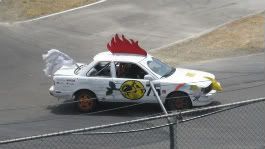
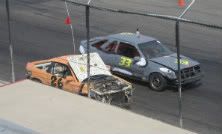
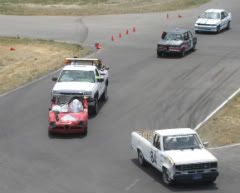

0 comments:
Post a Comment